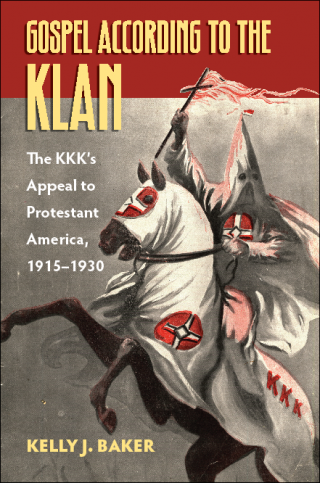 Ever since the era of reconstruction the KKK has had periods of rapid growth in membership and influence, usually as a reaction to events that can lead to weaponization of narratives of the Right, particularly those having to do with race and nation.
Ever since the era of reconstruction the KKK has had periods of rapid growth in membership and influence, usually as a reaction to events that can lead to weaponization of narratives of the Right, particularly those having to do with race and nation.
Why is it that otherwise normal people put on robes, gather in large numbers, and commit heinous acts?
This is the question that animates KB’s discussion of the KKK in the early 20th century. The role of religion, particularly a form of Protestantism, which reacted against both the Catholic Church and against perceived threats to white identity, culture and supremacy, is central. The Bible can be read in an inclusive and progressive way. But it’s message, particularly if certain passages are emphasized, can be used a means to justify exclusion, and in so doing it can create powerful and deeply embedded ideologies.
What are the justifications and rationalizations that keep these ideologies alive?
Kelly J Baker in her recent book attempts to understand people who do community service, build orphanages and churches, and at the same time commit intense violence — picnics, parades, and lynchings; worship, prayer, sermons and burning crosses. The stories, symbols and icons that animate this movement, which come not only from parts of the Bible, but also from books such as the Clansman and movies such as “Birth of a Nation”. To this day, unfortunately, the movement continues, as our leaders continue to echo narratives of the past.